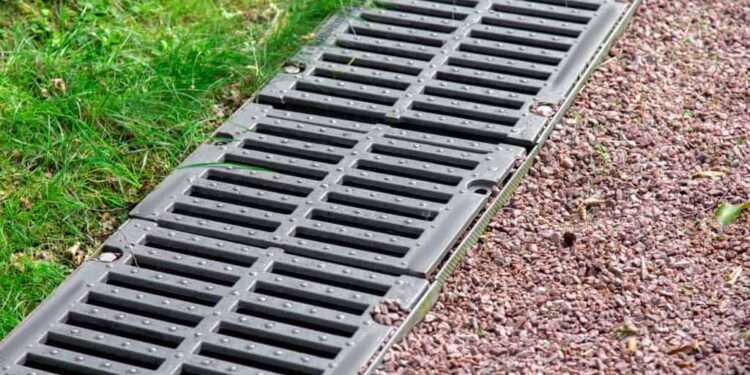Key Takeaways
- Understanding the dynamics of adequate drainage is vital in safeguarding property.
- Choosing the proper drainage system depends on several factors, including property layout and local climate conditions.
- Maintenance is critical; a neglected system can lead to costly and extensive property damage.
- Eco-friendly practices like rainwater harvesting benefit the environment and support sustainable living.
- Always stay informed about local regulations regarding drainage systems to ensure compliance.
Introduction to Drainage Solutions
Adverse weather conditions, sporadic downpours, and flooding can wreak havoc on unprepared residential areas, transforming a serene backyard into a swampy mess and leaving homes vulnerable to water intrusion. Establishing adequate drainage is a preemptive step to avoid such nightmares. Not only does this preserve the structural integrity of your house, but it also ensures your lawn and garden remain conducive to relaxation and recreation. The key is not merely to direct water away but to manage it to benefit the property and respect the environment.
Types of Drainage Systems for Homes
Residential drainage is not a one-size-fits-all solution. The lay of the land, local rainfall patterns, and architectural design work in tandem to determine the necessity for specific drainage systems. The overarching goal is to channel water from where it’s plentiful to where it’s needed or can be harmlessly absorbed. Popular options include the French drain system, which directs water from the foundation of your house to prevent seepage that leads to damp or flooded basements. Channel drains, like driveways, are often installed in concrete surfaces to address surface water that pools in flat areas. Dry wells can boost these systems by dissipating excess water, preventing oversaturation and costly overland flooding.
Importance of Maintenance for Drainage Systems
Location and installation are only the beginning; a well-oiled drainage system requires regular maintenance to prevent blockages and ensure optimal performance. Over time, debris such as leaves, sticks, and dirt can accumulate in septic systems, compromising efficiency. To prevent this, homeowners should schedule regular clean-outs and inspections with septic services, especially after significant rain events. It’s essential to be vigilant for signs of blockage, such as standing water or overflowing gutters, and address these issues promptly before they escalate into costlier repairs.

Designing a Functional Drainage Plan
An effective drainage plan begins with a detailed assessment of the topographical features of your property. This initial step is crucial to determine the lowest points on your property, which will naturally collect and direct the flow of rainwater. Consideration must also be given to the soil’s percolation rate and existing landscaping that may affect water paths. Strategic placement of drains, mindful slope adjustment, and judicious selection of vegetation can all aid in crafting a drainage plan that performs its function and complements the aesthetic of your home.
Rainwater Harvesting and Eco-Friendly Drainage
Drainage improvement doesn’t have to mean simply disposing of excess water; innovative eco-friendly strategies can transform a problem into an asset. Rainwater harvesting systems, for example, allow homeowners to collect and store rainfall for later use in the garden, thus reducing reliance on municipal water sources and lowering water bills. Moreover, including features like rain gardens, which utilize native plants that thrive in wet conditions, can enhance the aesthetics of your property while serving a functional drainage role.
Costs Associated with Drainage Improvements
Flooding and foundation repairs can quickly add up to thousands of dollars, making the cost of a quality drainage system seem reasonable. When investing in proper drainage infrastructure, it’s essential to take a long-term perspective. The initial materials and labor expenses are simply investments compared to the cost savings of preventing water damage.

Conclusion: The Lasting Benefits of Proper Drainage
The longevity of any home is closely tied to its ability to manage water effectively. The proper drainage solutions prevent property damage, provide a healthy landscape for vegetation to thrive, and ensure a safe and comfortable environment for inhabitants. With thoughtful planning, careful maintenance, and adherence to regulations, homeowners can enjoy the lasting benefits and peace of mind from a practical and reliable drainage system.

















